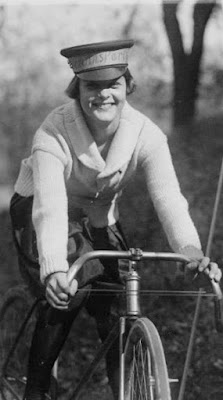Listen to the news, and you’ll hear employers recount their woes in recruiting workers. Some are offering incentives, such as cash bonuses and flexible schedules.
And housing. At least one employer—a bike shop owner—is offering his next mechanic free use of a house he owns.
Some might think that having some of the world’s most breathtaking scenery as a backdrop to one’s riding—and anything else in one’s life—might be reason enough to take a job at Cycles of Life in Leadville, Colorado. And, of course, there are the added perks of industry discounts and the opportunity to blend passion and profession.
Turns out, those last two bonuses don’t carry as much currency as they once did. Cycles of Life proprietor Brian Feddema placed a classified ad for a head mechanic/service manager nearly a month ago in Bicycle Retailer And Industry News (BRAIN). He is offering free use of the 500 square foot house, within walking distance of the shop, in addition to pay of $20-25 hour and spring and fall performance bonuses, partly in the hope of casting a wider net. “There is no one currently residing here in Leadville with the knowledge, skill set and drive we need,” he explained.
He once had a mechanic who stayed for seven years until “he moved away with his girlfriend.” But, he said, mechanics typically stay for a couple of years because “most don’t consider it a profession.”
Jenny Kallista, president of the Professional Bicycle Mechanics’ Association, said this is the first time she’s heard of an offer like Feddema’s. Ron Sutphin, the United Bicycle Institute president, “can only recall one recruitment offer that included housing.” That one, he said, “was some time ago, in Hawaii,” where the notoriously-expensive housing market is rivaled (at least in the US) only by San Francisco, New York and Los Angeles and perhaps a few other cities.
In addition to the reasons Feddema articulated, I can think of another why he’s offering free housing. It has to do with another “perk” he can’t offer: Bike mechanics and shop service managers can’t do their work remotely.































